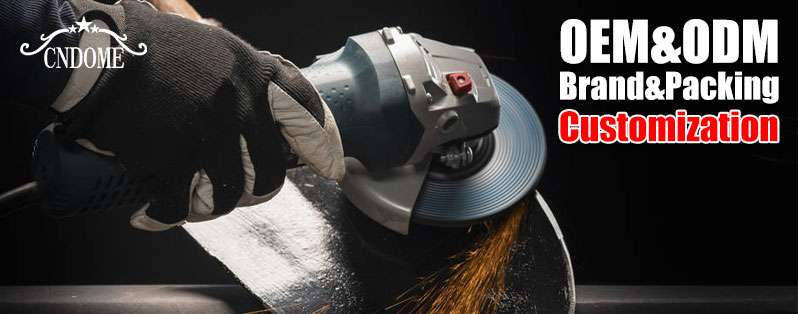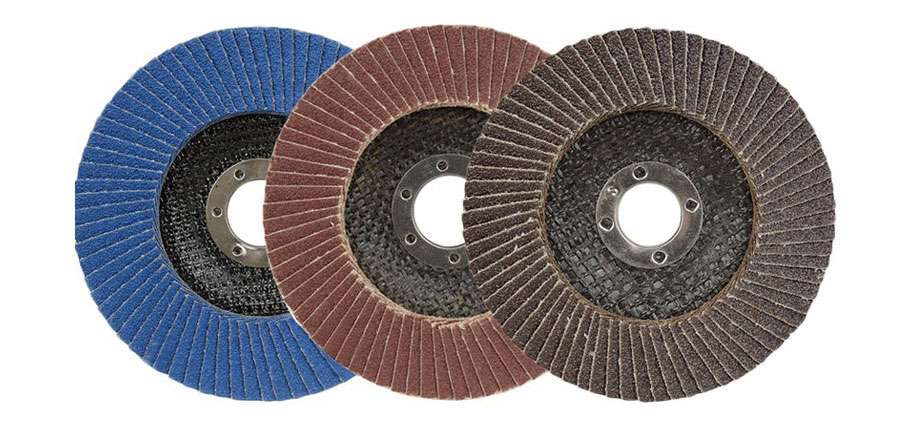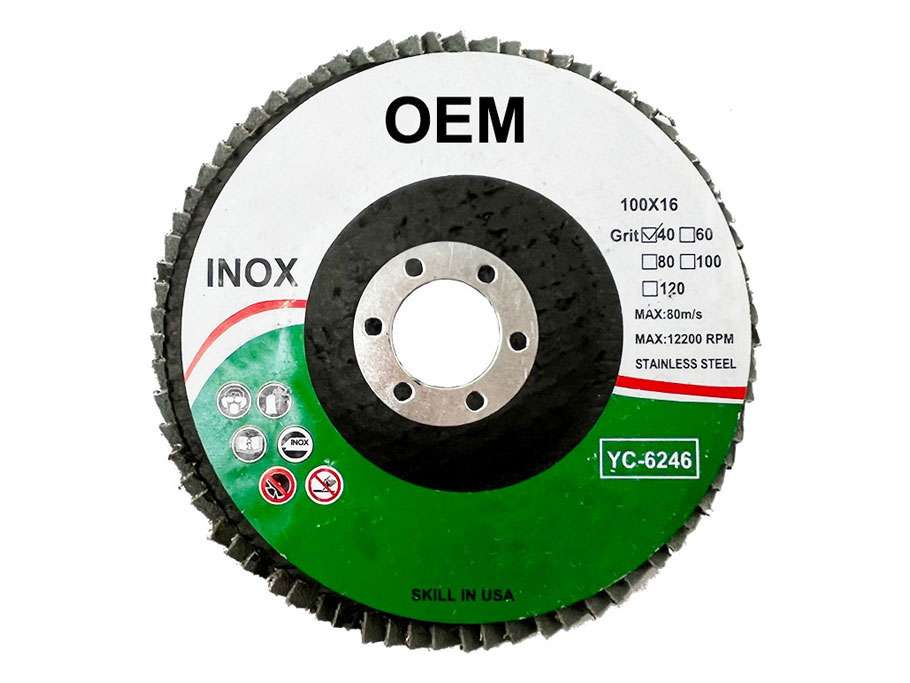Removing paint, rust, and other surface coatings can be a tedious and time-consuming task. However, with the right tools, it can become significantly more manageable. One such tool is the flap disc, an essential abrasive tool commonly used in metalworking and various DIY projects. In this blog, we’ll explore the ins and outs of using flap discs for paint removal, including their benefits, how to choose the right one, and tips for effective usage.
What is a Flap Disc?
A flap disc is an abrasive disc used for grinding and finishing surfaces. It consists of overlapping abrasive “flaps” bonded to a backing plate. These flaps continually expose fresh, sharp abrasive grains, making flap discs an efficient tool for material removal and surface finishing. They come in various sizes, grits, and materials to suit different applications.
Why Use a Flap Disc for Paint Removal?
1. Efficiency: Flap discs are designed to provide a continuous cut, which means they maintain their aggressiveness and remove paint quickly and efficiently.
2. Versatility: Suitable for a variety of surfaces including metal, wood, and plastic, flap discs can handle different paint types and layers.
3. Surface Finish: While they are effective at paint removal, flap discs also smooth the underlying surface, reducing the need for additional sanding or finishing.
4. Durability: Made with high-quality abrasive materials, flap discs have a long lifespan, making them a cost-effective solution for paint removal.
Choosing the Right Flap Disc
1. Material: The backing plate and abrasive material determine the disc’s durability and performance. Common abrasive materials include zirconia alumina, ceramic alumina, and aluminum oxide.
- Zirconia Alumina: Ideal for heavy-duty grinding and high-pressure applications.
- Ceramic Alumina: Offers high performance and longevity, suitable for tough materials.
- Aluminum Oxide: Best for general-purpose use, suitable for softer metals and wood.
2. Grit Size: Grit size affects the aggressiveness of the flap disc. Lower grit numbers (40-60) are more aggressive and suitable for heavy paint removal. Higher grit numbers (80-120) are finer and better for finishing.
- 40-60 Grit: For rapid paint removal and heavy-duty tasks.
- 80-120 Grit: For smoother finishes and less aggressive removal.
3. Size and Shape: Flap discs come in various diameters, typically ranging from 4.5 inches to 7 inches. Choose the size based on the scale of your project and the type of angle grinder you have.
Tips for Effective Paint Removal
1. Safety First: Always wear appropriate personal protective equipment (PPE) including safety glasses, gloves, and a dust mask to protect against debris and dust.
2. Angle and Pressure: Hold the flap disc at a 15-30 degree angle to the surface and apply consistent, moderate pressure. Too much pressure can cause gouging, while too little may reduce efficiency.
3. Consistent Motion: Move the grinder in a consistent, sweeping motion to ensure even paint removal and avoid creating uneven spots.
4. Surface Preparation: Clean the surface of dirt and loose paint before using the flap disc. This will improve the disc’s effectiveness and longevity.
5. Cooling Breaks: Allow the disc to cool periodically to prevent overheating, which can reduce the disc’s lifespan and effectiveness.
Conclusion
Flap discs are a powerful and versatile tool for paint removal, offering efficiency, durability, and a smooth finish. By choosing the right disc and following best practices, you can achieve excellent results and make your paint removal projects easier and more efficient. Whether you’re a professional or a DIY enthusiast, investing in quality flap discs can save you time and effort while ensuring a high-quality finish.



